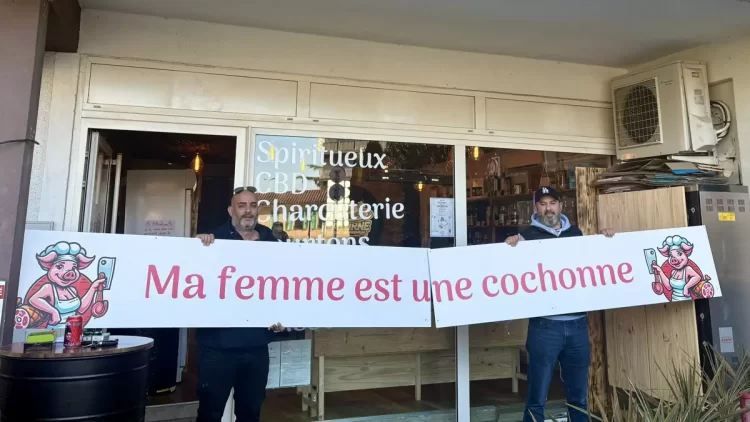In accordance with his wishes, revered Buddhist monk Fu Hou was mummified upon his death in 2012. But his companions at Chongfu Temple, in southeastern China, felt the need to do something more in order to commemorate his devotion to Buddhism. So they made the decision to cover his body in gold, an honor reserved for the holiest of men.
Born in 1919, Fu Hou began practicing Buddhism at the age of 13 and devoted his whole life to it, until his death at age 94. His peers and disciples remember him as a quiet, compassionate person who meticulously practiced his beliefs until the very end. Shortly before his death, he had expressed the desire for his body to be preserved. And after his passing, two mummification experts were brought in to wash, treat, and place his body in a sitting position inside a large pottery jar. Preservatives like Crushed charcoal and sandalwood were stuffed into the jar before being sealed shut.

Photo: Chinatopix
The jar was opened in January this year during a special ceremony, four years after the mummification process, and Fu Hou’s body was found to be intact without any sign of deterioration, except for his dried out skin. This was a sign of Fu Hou’s purity, as it is believed that only a truly virtuous monk will remain intact long after his mummification.

The monk’s mummified body was washed, covered in layers of gauze and lacquer, and finally covered in a layer of gold leaf. Finally, the human gold statue was placed in a glass chamber protected by an anti-theft system, in the ancestral hall of shrines of Dongdan temple. “Monk Fu Hou is now placed on the mountain for people to worship,” said Li Ren, the temple’s head abbot.
As bizarre as covering a mummified body into a gold statue to be worshiped may seem, it’s nothing compared to the ancient Sokushinbutsu self-mummification tradition practiced by Japanese Buddhist monks.
via Shanghaiist






